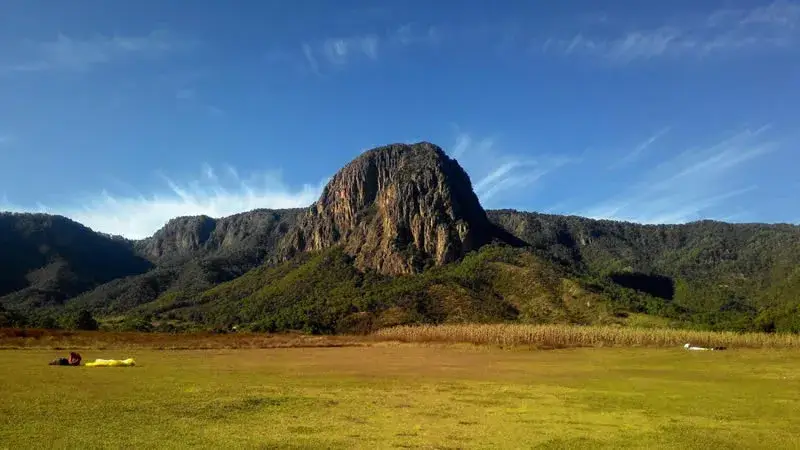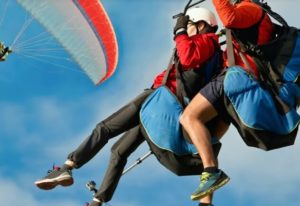Last update : 19/02/2022
What is the velocity polar?
Table of contents
The speed polar is a graphical representation of the performance of our paraglider, as we will detail here.
Indeed, the speed of the paraglider can vary. Depending on our flight regime, that is to say by lowering our controls more or less symmetrically. We understand instinctively that by applying control, we slow down the paraglider. But that this can be beneficial because the kite “stings” less, so it glides better. But how far down the hands? With headwind or in a progeny what about? The speed polar makes it possible to better understand how to optimize its flight regime according to the situation, by establishing a relationship between the horizontal speed on the abscissa, and the sink rate (horizontal speed) on the ordinate.
Polar speed and flight regimes
Understanding flight regimes tells us that the paraglider's controls are in fact improperly referred to as “brakes” because they are much more than brakes.
In fact, depending on the amplitude of the control applied, the speed is certainly varied, but also the duration of the flight, or the quality of the glide.
Maximum speed
It is obtained by completely releasing the controls.
You can also apply the accelerator (at the foot), or “trim” in two-seater, in order to make the kite even more nose-down, and therefore to further increase this maximum speed. The risk is to find yourself in under-incidence, and that the sail closes. Also at high speed (particularly accelerated), the consequences of a closure are greater and more difficult to manage. We will therefore avoid releasing the controls and a fortiori accelerating in turbulent conditions, and close to relief.
Maximum fineness
It's our standard flight regime, our cruise regime, sort of.
It is with this position that we will go the furthest, that we glide the best. After all, that's what we're looking for.
This is where we have the best relationship between our horizontal speed and our vertical speed (sink rate), or between our distance traveled horizontally, and the height lost (vertical distance).
It is obtained traditionally* by applying a few controls (hands between ears and shoulders).
Once our speed polar is known and represented, we find on the curve the points corresponding to our different flight regimes.
Polar speed and incidence
We can distinguish the two ends of the curve.
On the far left, usually represented by a "rake", it is the dropout point. The wing has slowed down too much, the air-air threads are detached from the upper surface of the paraglider. We find ourselves in over-incidence. The sail stops flying and so do we ... In short, to avoid.
On the right, we are at maximum speed, it is the opposite phenomenon that can happen: The air streams attack the wing a little too much from above, our flexible profile ends up bending, it is the closing. Asymmetrical, if it occurs only on one side, or "frontal" when it occurs in the center.
Why know your speed polar?
s
Speed Polar and McReady
http://avia.tion.ca/documentation/polar/
* “Traditionally” because the paraglider evolves and that on new generations of sails, maximum speed and maximum finesse tend to merge. On high-performance models, the best smoothness is obtained even with a little accelerator. To clarify the demonstration, we prefer to distinguish them here.




